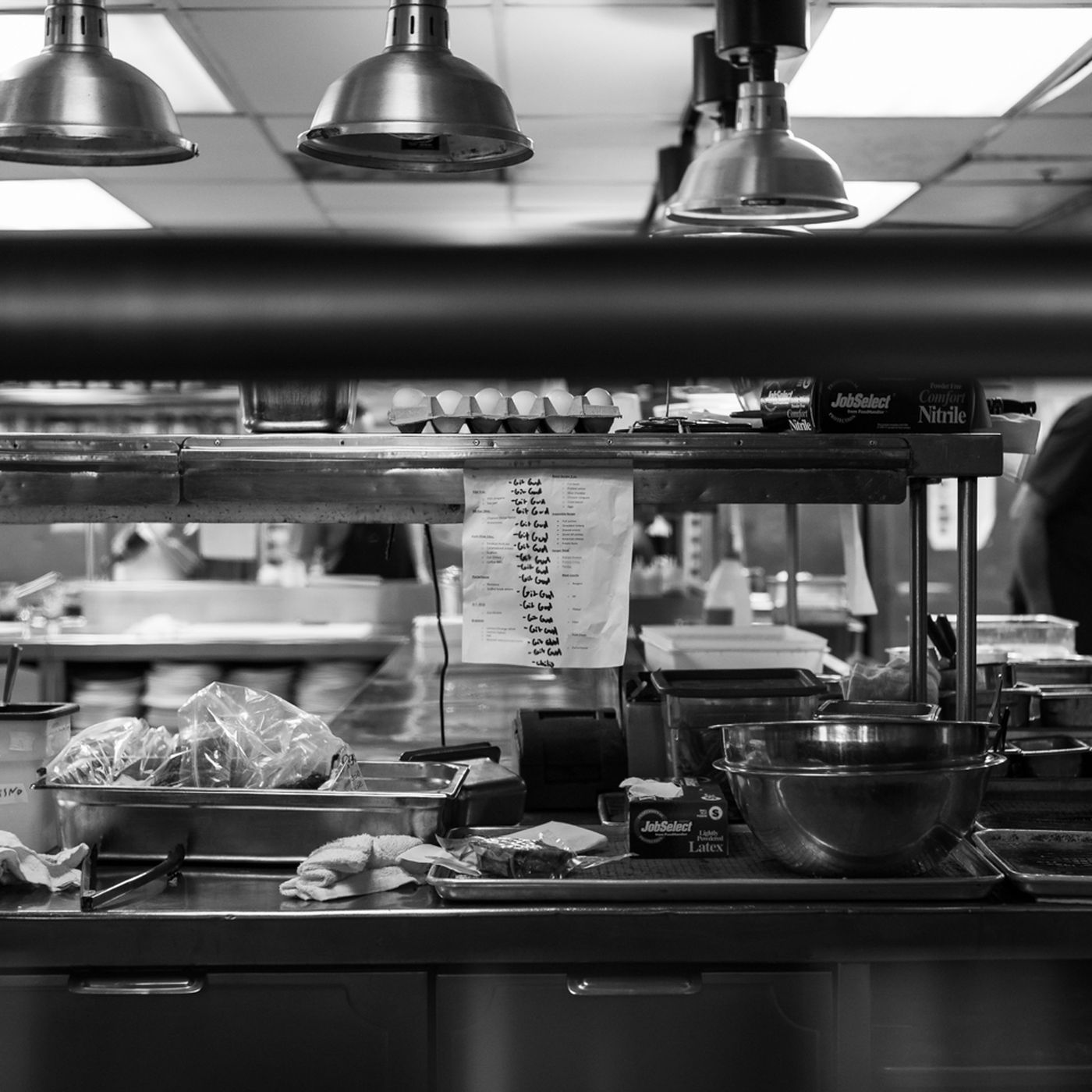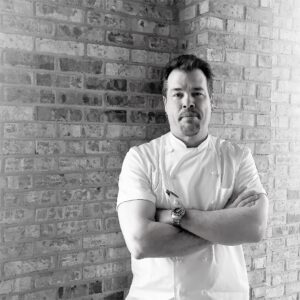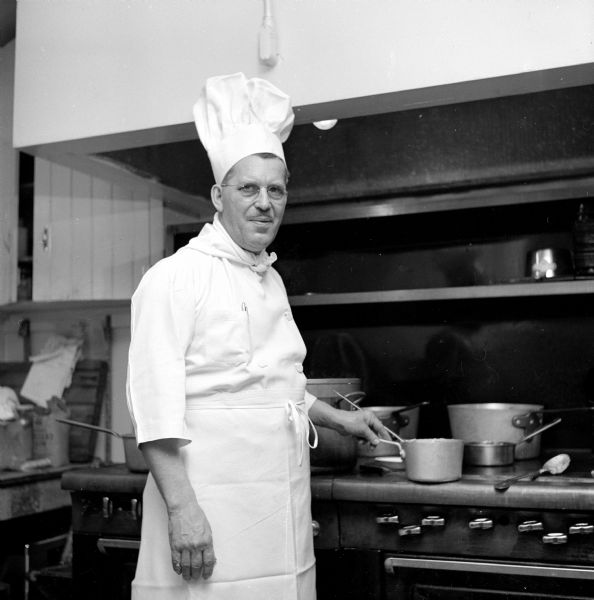In the rhythmic chaos of professional kitchens, the presence of a skilled leader can be the difference between a masterpiece and a muddled dish.
As an industry veteran, I have witnessed firsthand the ebb and flow of leadership within culinary settings. The current landscape reveals a concerning trend: a leadership gap that threatens the very fabric of our profession. Let’s delve into the root causes of these leadership shortfalls and examine their impact on operations.
The Crucible of Kitchen Leadership
Leadership in a professional kitchen is akin to conducting a symphony; every movement must be harmonious, purposeful, and precisely timed. Yet, kitchens today are often left searching for the maestro capable of such feats. Why is this?
Root Cause: The Fast-Pace Industry Evolution
The culinary world has expanded at an unprecedented rate. With new dining concepts and food trends emerging almost daily, the pressure on leaders to remain innovative while maintaining operational excellence is immense. Many rising chefs are adept at creating culinary delights but may not be equally prepared for the rigors of leadership, which includes managing staff, finances, and the constant demand for innovation.
Root Cause: The Underdeveloped ‘Soft’ Skills
While culinary schools excel at teaching the hard skills required for cooking and presentation, there is often a gap in cultivating the ‘soft’ skills necessary for leadership. Communication, conflict resolution, and team motivation are not as tangible as knife cuts and sauce emulsifications, yet they are essential for a smoothly operating kitchen. The neglect of these areas in formal education contributes significantly to the leadership gap.
Root Cause: The Intensifying Skill Mismatch
As the gastronomic landscape becomes more diverse, the skills required of a kitchen leader have become more complex. There’s a growing demand for leaders who are not only culinary experts but also savvy in business management, sustainability practices, and digital fluency. This has led to a mismatch between the skills available in the labor pool and those demanded by the industry.
The Impact on Culinary Operations
Compromised Team Dynamics
The absence of strong leadership can lead to fragmented team dynamics. Without a clear direction and inspiration, kitchen staff may become disengaged, which can manifest in decreased productivity and increased turnover — a costly affliction in an industry where consistency is king.
Hindered Culinary Innovation
Without leaders who can encourage creativity and manage the risk that comes with innovation, kitchens may find themselves trapped in the safety of the familiar. This stymies the culinary creativity that is essential for attracting and retaining a modern dining audience.
Diminished Operational Efficiency
Leadership gaps can result in a breakdown of operational efficiencies. Inventory mismanagement, scheduling errors, and ineffective communication systems can cascade into service delays and compromised food quality, eroding the bottom line and the establishment’s reputation.
Bridging the Gap: A Path Forward
Investment in Continued Education
Ongoing training programs that address both the hard and soft aspects of kitchen management are vital. Culinary institutions and hospitality organizations must integrate leadership training into their curriculums and development programs.
Cultivation of Mentorship Cultures
The industry must foster environments where experienced chefs mentor the next generation, passing down not only culinary techniques but also leadership philosophies and operational strategies.
Embrace of Cross-Disciplinary Learning
Professionals should be encouraged to learn from sectors outside the culinary world. Whether it’s technological agility from the tech industry or customer service acumen from the hospitality sector, a cross-pollination of skills can enrich leadership capabilities.
Prioritization of Soft Skills Development
Leadership development should place a greater emphasis on emotional intelligence, communication, and team-building skills. It is these soft skills that enable a leader to connect with their team and guide them through the pressures of the kitchen.
The pathway to bridging the leadership gap in culinary settings lies in a multifaceted approach that involves the entire gastronomic community. From educational reform to cultural shifts within the kitchen, it is incumbent upon us all to nurture the next cadre of culinary leaders. It is these leaders who will uphold the traditions of our craft while steering us towards new horizons of gastronomic excellence.
The Chefxpertise Culinary Leadership Development Program offers a transformative experience designed to refine the leadership and management skills of chefs within corporate restaurant groups. This tailored six-week course blends online modules with personalized, hands-on coaching, crafted to integrate seamlessly with daily kitchen operations and minimize disruption. The curriculum covers essential leadership foundations, advanced operational strategies, and effective cost control techniques, equipping culinary professionals to lead high-performance teams and enhance guest satisfaction comprehensively. By fostering staff development and succession planning, the program ensures that your culinary operations set and maintain industry standards, driving significant value across your establishments. It’s an investment in your team’s growth that promises to redefine culinary leadership and operational success within your organization.




